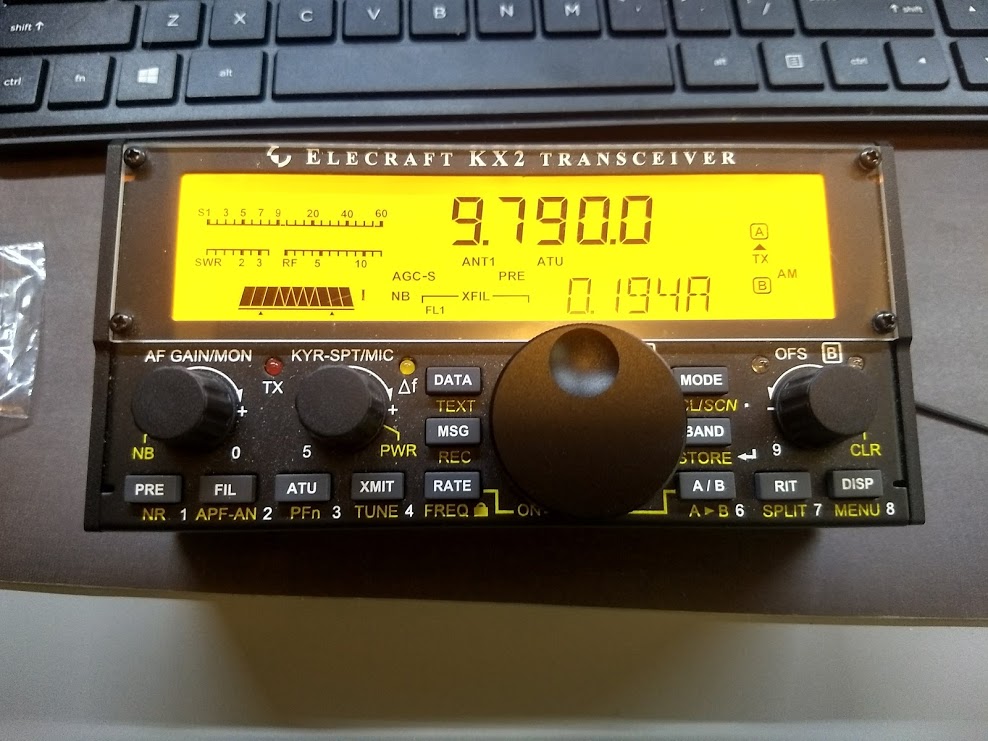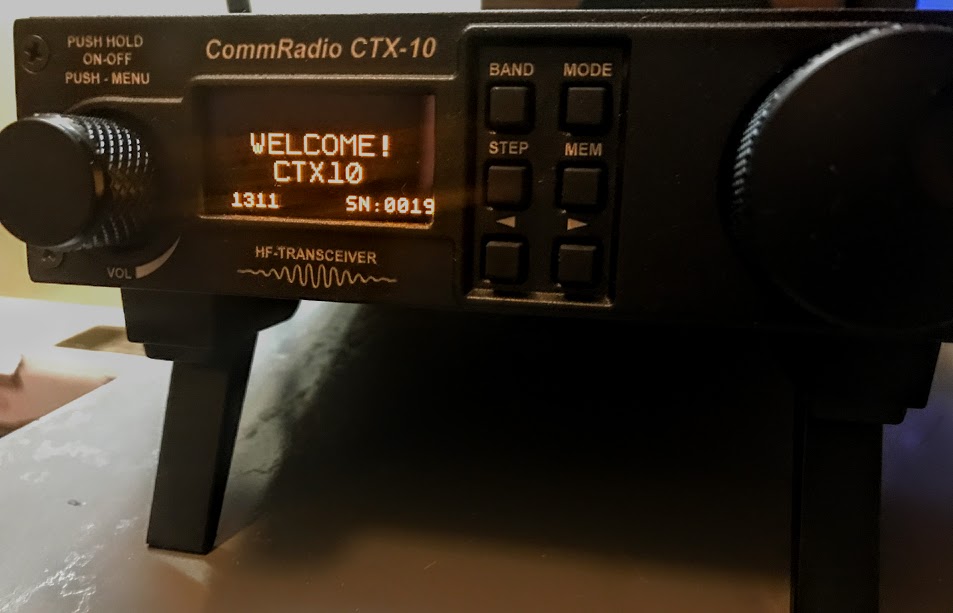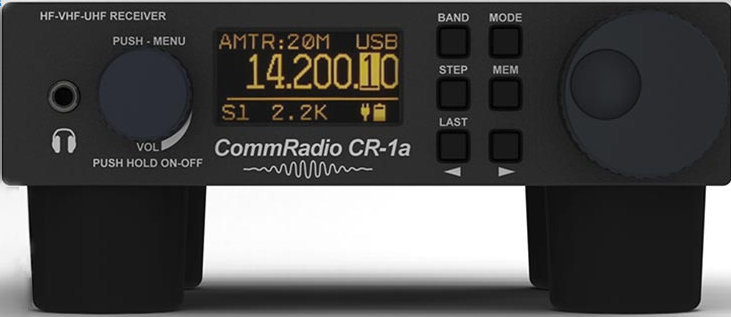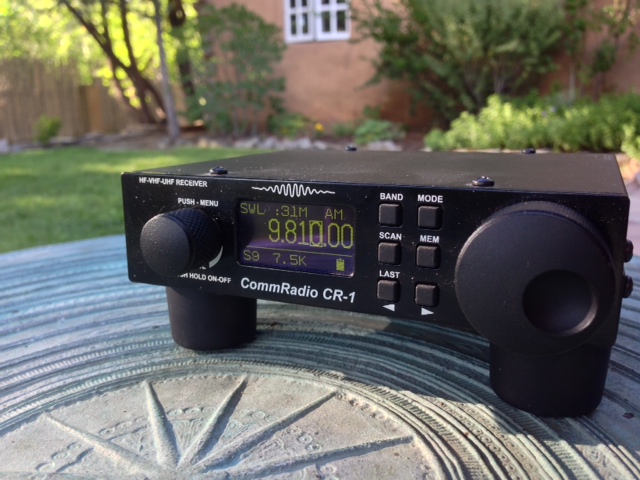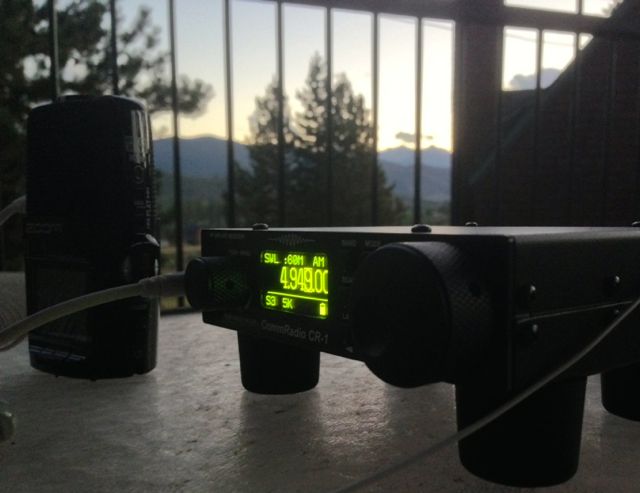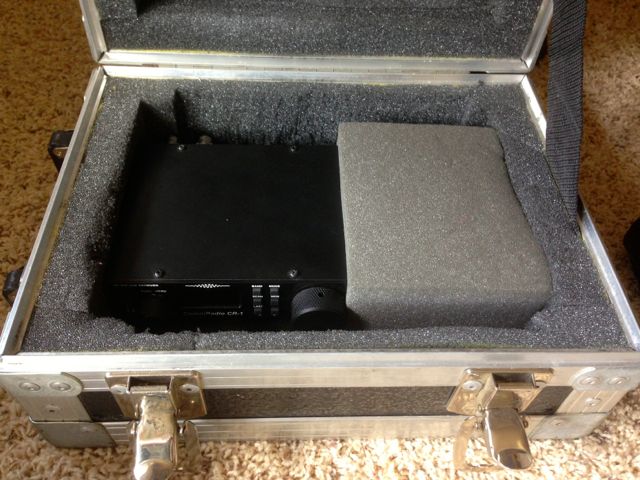Here at SWLing Post HQ we’ve been under a Winter Storm Warning since yesterday–it’s not set to expire until sometime tomorrow. This storm hasn’t been all snow–it’s a mixture of snow and ice. If this continues, I fully expect to lose power at some point today.
In general, we’re prepared to handle this sort of thing: our refrigerator and freezer are powered by solar and completely off-grid, we have a super efficient RAIS woodstove to keep us warm and of course, we have a generator at the ready if needed.
Playing radio off-grid
As I write this post, I’m listening to the Signal Corps BC-348-Q (photo above) which is tuned to a local AM broadcaster. It’ll fill my shack with local news/tunes and its vintage valves will do a fine job warming this small room until the power eventually goes out.
When it does go out, I’ll switch to my blackout buddy, the CommRadio CR-1A.
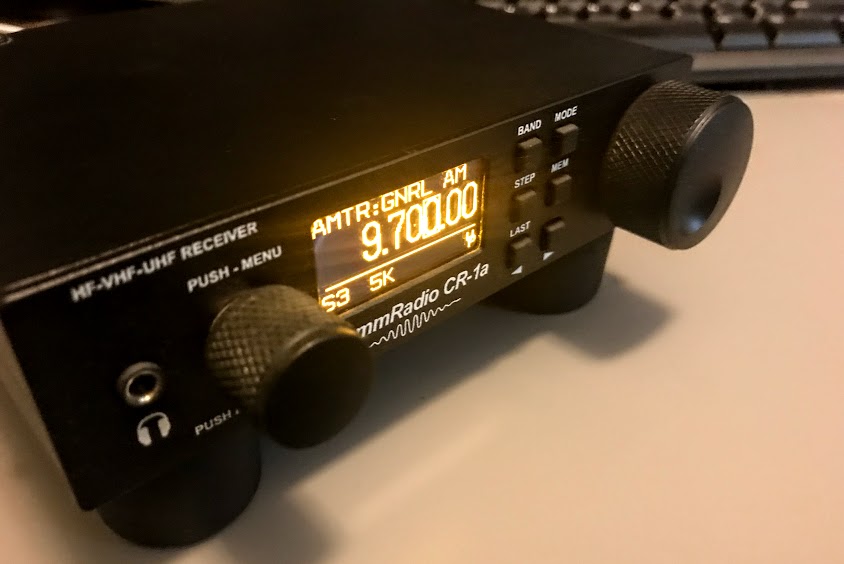 I find that the CR-1A is nearly ideal for off-grid and field listening, as long as you have a good external antenna. The internal Li-Ion battery powers the thing for ages and it has an incredibly capable receiver.
I find that the CR-1A is nearly ideal for off-grid and field listening, as long as you have a good external antenna. The internal Li-Ion battery powers the thing for ages and it has an incredibly capable receiver.
Of course, I also have an Elecraft KX3 and KX2 which can be powered by battery, but I tend to use the CR-1A for broadcast listening and save the KX2/KX3 for off-grid ham radio QRP fun.
In addition, I have the new battery-powered CommRadio CTX-10 transceiver in the shack.
I’ve been receiving numerous emails about this particular field rig because there are so few CTX-10 reviews out there even though it’s been on the market since late July.
Please note that I’ve been giving the CTX-10 a thorough evaluation over the past few weeks and plan to publish my initial review in the next few days.
Bye-bye noise!
Even though I live in a very rural and remote area with little-to-no RFI, when the power is cut, my noise floor still drops . We’re not immune–like most homes, we have power supplies and devices that emit radio interference.
It’s funny: most urban radio enthusiasts I know don’t fear power outages, they prepare for and embrace them! When all of those RFI-spewing devices go silent, it’s simply amazing what you can hear from home on frequencies below 30 MHz with pretty much any receiver.
Personally, as long as I have a means of 1.) powering my radios, and 2.) making coffee (extremely important), I consider myself properly prepared.
I’ve always got those two points covered.
Bring it, old man winter! I’m ready to play radio!
Do you enjoy the SWLing Post?
Please consider supporting us via Patreon or our Coffee Fund!
Your support makes articles like this one possible. Thank you!


